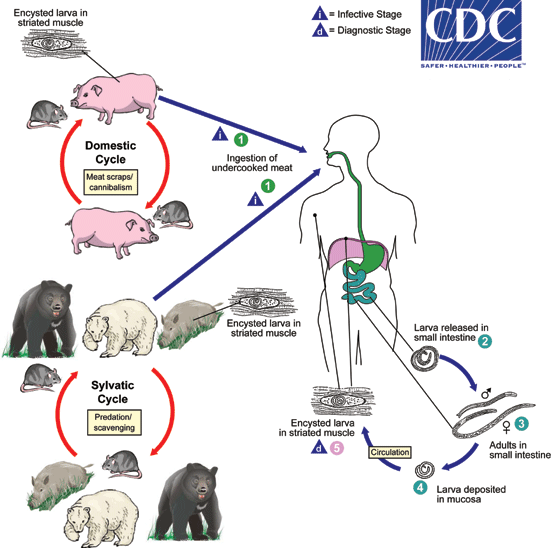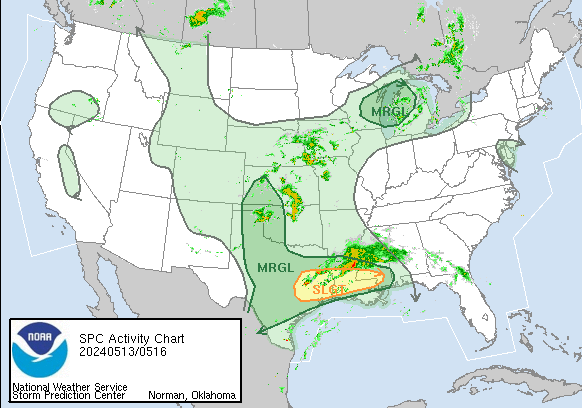Archive for July, 2018
Extreme weather is striking parts of Asia with deadly flash-flooding in Vietnam, a tropical storm prompting evacuations and disrupting travel in China and an ongoing heat wave in Japan.
Monday, July 23rd, 2018https://www.youtube.com/watch?v=uOAoCumrC8E
A mass shooting punctured a busy neighborhood of Toronto on Sunday night, shooting 14, killing 1. The shooter was also killed.
Monday, July 23rd, 2018My evening was nice until I heard shooting right out of my place on the danforth. So scary!! The gun violence in Toronto is crazy. pic.twitter.com/eNHLlUlp6r
— n💫 (@nsxoxoii) July 23, 2018
7/22/1916: In San Francisco, a bomb at a Preparedness Day parade on Market Street kills 10 people and wounds 40.
Sunday, July 22nd, 20182018: A year punctuated by brutal crimes against young girls in India.
Sunday, July 22nd, 2018The world’s most dangerous countries for women 2018
-
1
-
2
-
3
-
4
-
5
-
6
-
7
-
8
-
9
-
10
Argentina: In the town of Canals, an outbreak of trichinosis has sickened at least 45 people possibly due to the consumption of salamis and sausages that came from an authorized slaughter
Sunday, July 22nd, 2018
Depending on the classification used, there are several species of Trichinella: T. spiralis, T. pseudospiralis, T. nativa, T. murelli, T. nelsoni, T. britovi, T. papuae, and T. zimbabwensis, all but the last of which have been implicated in human disease. Adult worms and encysted larvae develop within a single vertebrate host, and an infected animal serves as a definitive host and potential intermediate host. A second host is required to perpetuate the life cycle of Trichinella. The domestic cycle most often involved pigs and anthropophilic rodents, but other domestic animals such as horses can be involved. In the sylvatic cycle, the range of infected animals is great, but animals most often associated as sources of human infection are bear, moose and wild boar.Trichinellosis is caused by the ingestion of undercooked meat containing encysted larvae (except for T. pseudospiralis and T. papuae, which do not encyst) of Trichinella species  . After exposure to gastric acid and pepsin, the larvae are released from the cysts
. After exposure to gastric acid and pepsin, the larvae are released from the cysts  and invade the small bowel mucosa where they develop into adult worms
and invade the small bowel mucosa where they develop into adult worms  . Females are 2.2 mm in length; males 1.2 mm. The life span in the small bowel is about four weeks. After 1 week, the females release larvae
. Females are 2.2 mm in length; males 1.2 mm. The life span in the small bowel is about four weeks. After 1 week, the females release larvae  that migrate to striated muscles where they encyst
that migrate to striated muscles where they encyst  . Diagnosis is usually made based on clinical symptoms, and is confirmed by serology or identification of encysted or non-encysted larvae in biopsy or autopsy specimens.
. Diagnosis is usually made based on clinical symptoms, and is confirmed by serology or identification of encysted or non-encysted larvae in biopsy or autopsy specimens.
Geographic Distribution
Worldwide. Most common in parts of Europe and the United States.
Clinical Presentation
Light infections may be asymptomatic. Intestinal invasion can be accompanied by gastrointestinal symptoms (diarrhea, abdominal pain, vomiting). Larval migration into muscle tissues (one week after infection) can cause periorbital and facial edema, conjunctivitis, fever, myalgias, splinter hemorrhages, rashes, and peripheral eosinophilia. Occasional life-threatening manifestations include myocarditis, central nervous system involvement, and pneumonitis. Larval encystment in the muscles causes myalgia and weakness, followed by subsidence of symptoms.









